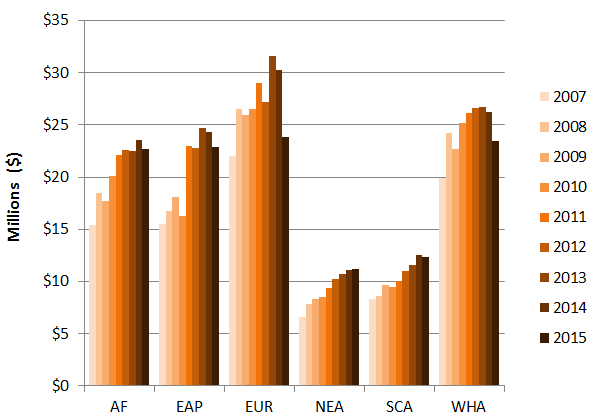Practical Application
Menu
Practical Application
- Review the energy audit report to identify recommendations for no- and low-cost lighting improvements.
- Walk through building(s) to identify inefficient equipment, such as incandescent lamps and exit signs, as well as halogen accent lighting. Also look for spaces with lighting quality issues, such as inappropriate light levels, glare, flicker, and high contrast.
- Replace incandescent lamps with screw-in LED lamps or CFLs.
- Replace T-12 lamps and aging T-8 lamps with reduced-wattage T-8 and T-5 lamps, after verifying socket compatibility.
- Replace magnetic ballasts with electronic ballasts. Select program-start or rapid-start electronic ballasts rather than instant-start ballasts, which limit control opportunities.
- Replace or retrofit incandescent and fluorescent exit signs with LED.
- Use a handheld light meter to identify spaces with illumination significantly above or below recommended levels. If a light meter is not available, talk with building occupants to identify spaces with light levels that are uncomfortably dim or overlit.
- Provide an adjustable LED task light in underlit areas that require supplemental or specific task lighting, such as at desks, under cabinets, over equipment, or over kitchen countertops.
- Consider removing one or more lamps per fixture, where the ballasts allow, to reduce energy use in overlit spaces where lighting equipment is in good condition and reasonably efficient, such as T-8 or T-5 lamps (see Resources: What is Delamping and How Does it Work? | ConNexTube).
Figure 6: Global Financial Management System Electricity Costs by Region


